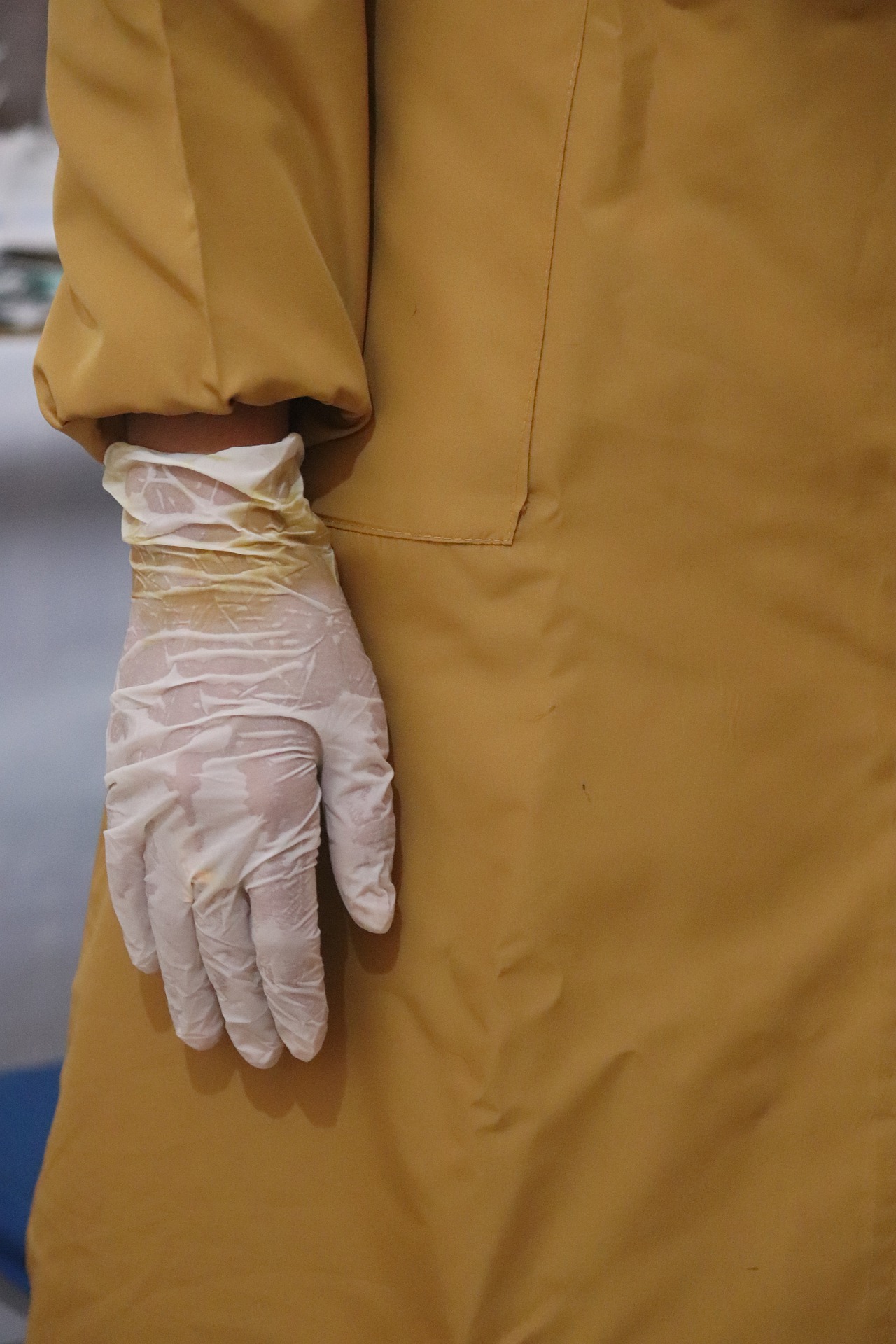Community Health Program: the GF needs to properly support this component in its next strategy for greater impact
- March 16, 2022
- Africa / Governance
- By The Bureau
- Read in French


Following the case of Rwanda, one of the GF grants’ implementing countries, the Community Health Program was instituted in 1995 and started with just about 12,000 health workers and was initially conceived as a response to the major public health problems that had developed because of the previous year’s war and the 1994 Genocide against the Tutsi in Rwanda. The backbone of the CHP was, and continues to be, Community Health Workers (CHWs). Over the years, CHW have provided primary health care to the population at village level where they have been pivotal in reducing maternal, infant and child mortality rates as well as generally increasing good health practices through sensitization on immunization as well as sanitation and hygiene.
The GF 2023-2028 Strategy supports enhancing community outreach of health services

Health systems have the duty to ensure equity in access to health services by all members of the populations they serve. However, equitable access is not always guaranteed and the more vulnerable ones notably women and children have been left out, something that poses a threat to achieving health equity.
Different countries face various challenges in providing health care to their citizens. In developing countries those challenges are often limited resources (financial, human capital and infrastructure handicaps), little or no political will and corruption, to mention just a few. As a solution to insufficient personnel or outreach of the health systems, many countries rely extensively on community health workers.
Rwanda improved health outcomes with its community system and the Global Fund financing
In Rwanda for example, for over 16 years, the Global Fund has massively financed Rwanda’s health sector in general and primary health care in particular, accounting for about 85% of health financing in the Primary Health Care system in terms of incentives, tools, capacity building and human resource. In particular, the Global Fund supported the community systems and the community health workers. CHWs don’t have any medical background at the start but are trained by the State to provide proximity services to the members of their villages.
CHWs who don’t have any medical background are highly valued and respected by the communities they serve. The number of CHWs has been growing as the service package increases. From the initial number of 12,000, there are now a total of close to 60,000 CHWs country wide whereby 4 CHWs are based at village level (lowest administrative unit in Rwanda). The 4 CHWs per village are: 2 CHWs in charge of under 5-year children, 1 CHW in charge of maternal and newborn health care and 1 CHW in charge of health promotion. Women constitute about 68% of the community health program.
Selection
CHWs are elected by their peers in the village in free, fair and transparent elections that are overseen by the Village coordinator. Elected CHWs don’t have term limits. Criteria for election are: must be elected by the village members, can read and write, are aged between 21-50 years, willing to volunteer, live in the local village and are honest, reliable, and trusted by the community.
Scope of work
Over the years, the package of services offered by CHWs became more complex and now includes a range of services that include managing integrated community childhood illness, following up Maternal and Newborn Health, taking urine pregnancy test (UPT), providing community based provision of Family planning and community based nutrition services, managing malaria and tuberculosis cases in community, as well as managing drugs and medical commodities in community, reporting on the community health activities through HMIS and Rapid SMS, delivering the Behavior Change Communication messages, promoting preventive measures on communicable and NCDs and providing first aid, community mental health care and community HIV awareness, closing following up on Early Child Development as well as emergency response to the epidemics.
Crucial role of the CHP to the Rwandan population
Discussing the crucial role of the CHP, considering the Rwandan context, the following are key facts when it comes to their role, such as: early detection of diseases in community (most of cases are managed in the community), CHWs are key for Behavior change and communication/information Education Communication in the population, cost-effective and timely service delivery (availability, affordability and accessibility of services), they trusted by the community and CHWs know the population problem and their solutions and are pioneers of Early Childhood Development which is the priority of future drivers of growth for Rwanda and for so many other implementing GF countries.
| Major challenges | Way forward |
| Ageing of CHWs Huge cost of training, supervision, and mentorship Huge cost of procuring tools and kits Reducing external funding from development partners Data discrepancies Weak management of CHWs cooperatives | Digitization of the CH program, CHWs to be given smartphones to report in the community electronic medical records Introduction of a polyvalent model (all 4 CHWs to have a similar package) Introduction of non-monetary incentives (competence-based assessment and certification, national appreciation of CHWs – CHWs open day) Review the legal framework to give departing CHWs a retirement package Strengthen the CHWs cooperatives to ensure sustainability of their income generating activities |

But over the last 5 years, the Global Fund significantly reduced funding of the community health program. This reduced funding occurred at the time when the country could not compensate it with domestic financing, nor did other partners with additional grants. The situation left a huge financing gap in the program which will threaten the quality of services to the population in the fight against HTM yet there is need to consolidate the gains achieved over the years. The Global Fund new strategy is calling to “Strengthen and reinforce community systems and community-led programming, integrated within national health and social systems. As our partnership discusses the implementation of its next strategic plan 2023-2028, there is need to emphasize on how to support, improve and strengthen again this program.
Christelle Muvunyi


